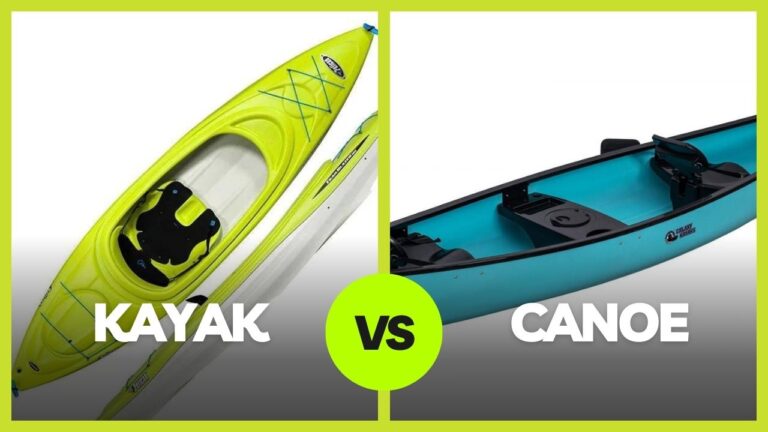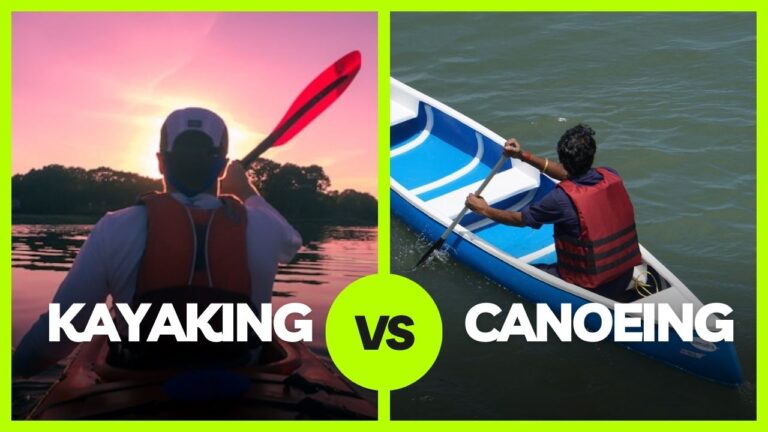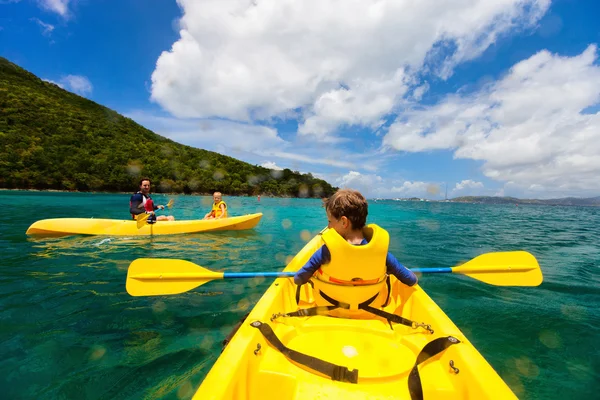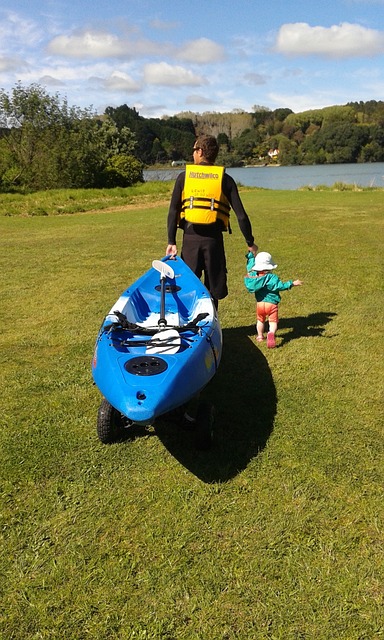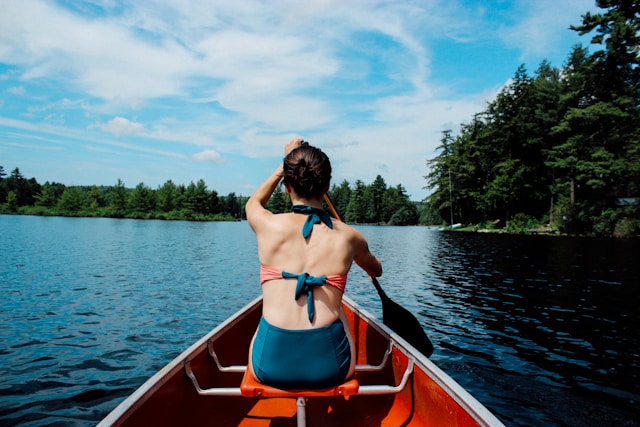Kayaking Safety: The Importance of Wearing a Life Jacket
We all love kayaking, but let’s be real: open water can get unpredictable. That’s why your life jacket isn’t just another piece of gear – it’s your backup plan in case things go sideways.
Think of it like this:
- Unexpected Swims Happen: Even experienced paddlers capsize sometimes. A life jacket keeps you afloat, even if you’re knocked out cold.
- It’s Not Just About Skill: Strong currents, sudden weather changes… even the best kayakers can’t control everything.
- The Law’s on Our Side: In many places, wearing a life jacket isn’t even a choice – it’s the law.
The thing is, a life jacket only works if it fits right and YOU ACTUALLY WEAR IT. So before your next adventure, make sure yours is comfy and easy to put on.
Let’s be smart out there. Wear your life jacket, and make it home for those sunset paddles!
Function of a Life Jacket
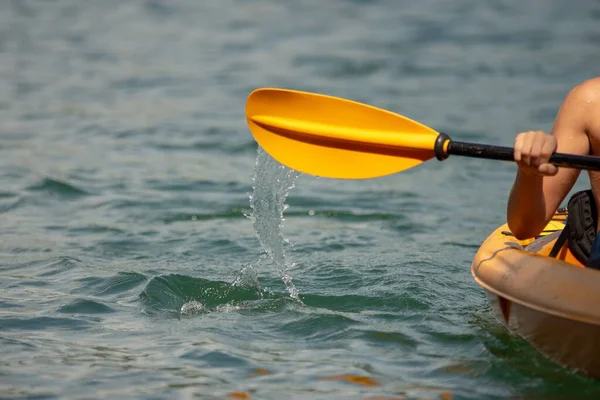
we get that life jackets are important, but how do they actually work? It’s all about something called buoyancy:
- Science Talk: Buoyancy is the force that makes things float. The more buoyant something is, the harder it is to sink.
- Your Life Jacket’s Superpower: It’s filled with super lightweight, “foamy” materials that displace tons of water. This pushes back against the water trying to pull you down.
- Think of It This Way: Imagine trying to dunk a giant beach ball. It takes effort! That’s kind of how a life jacket works on you.
But Wait, There’s More!
Life jackets don’t just keep you afloat:
- Head Above Water: The best ones are designed to automatically roll you face-up, even if you’re unconscious. This keeps you breathing!
- No Water-Filled Lungs: That face-up position is crucial, especially in cold or rough water where swimming gets extra tough.
Important Note: A life jacket isn’t a magic “never sink” button. It’s a life-saving tool that works best when you also have basic swimming skills and use common sense on the water.
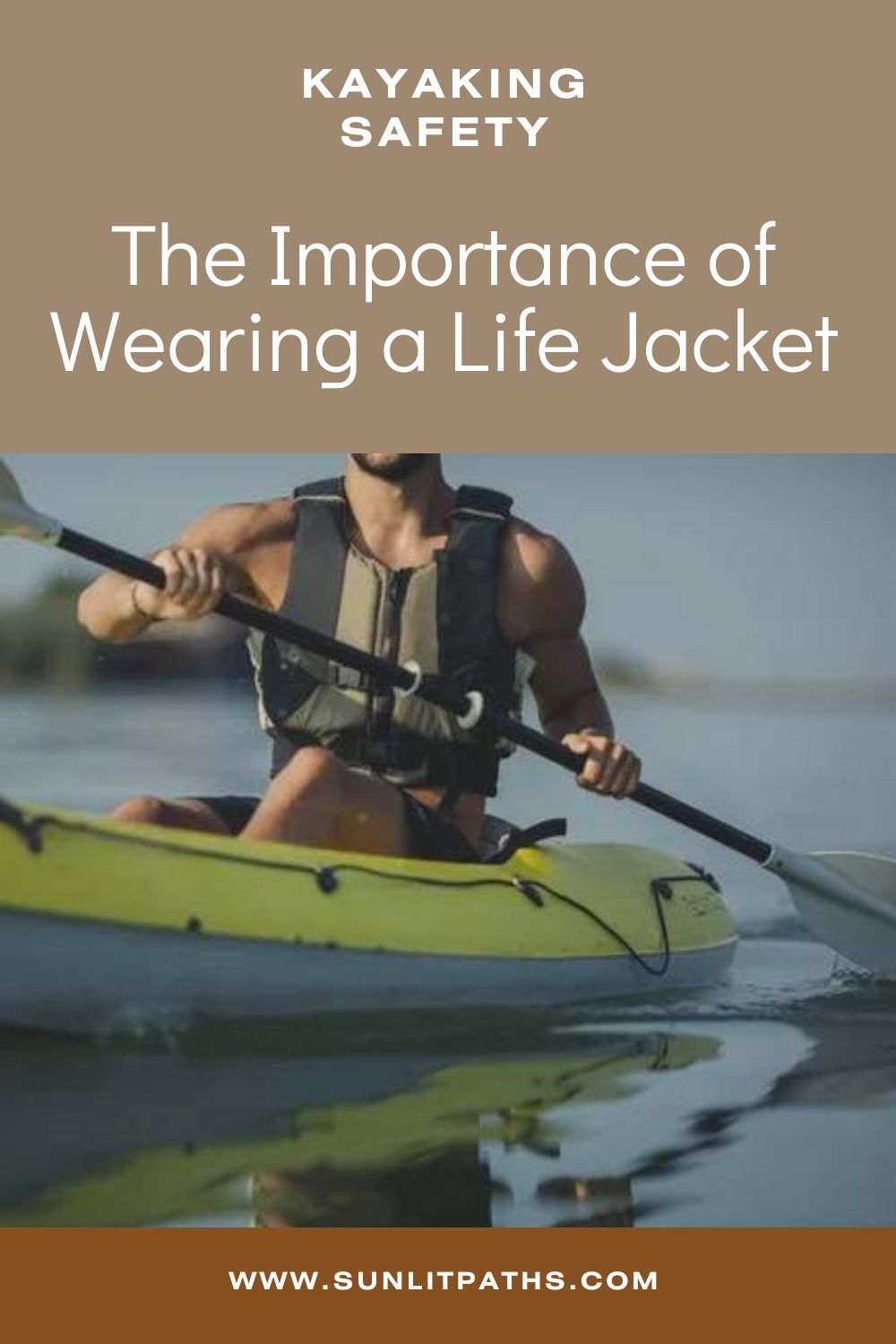
Kayaking is awesome, but let’s talk about the serious side. Life jackets aren’t just a suggestion – they’re a must for a few reasons:
- It’s Not Up for Debate: Most states have laws about life jackets on kayaks. One life jacket per person, Coast Guard-approved, and actually worn while you’re paddling.
- Safety First: Things can change fast on the water. A life jacket gives you a fighting chance if you capsize, get hurt, or encounter rough conditions.
- Think Beyond the Fines: Getting caught without your life jacket sucks, but the real risk is to your safety. It’s just not worth it.
The Good News: Modern life jackets are comfy and way less bulky than the old-school ones. Find one that fits right, and you might even forget you’re wearing it!
Bottom Line: Buckle up before you head out. Let’s make safe kayaking the norm!
Safety Benefits of Wearing a Life Jacket
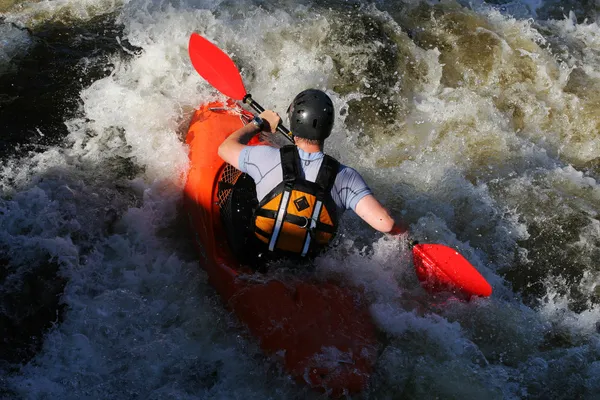
Imagine falling into the water unexpectedly. It happens! A life jacket is like having a personal floatie that won’t let you sink.
Why it matters:
- Stay Afloat: Keeps you at the surface even if you’re hurt or can’t swim well.
- Breathe Easy: Lets you focus on getting back to your kayak, not staying afloat.
- Get Spotted: Bright colors make it easier for rescuers to find you quickly.
| Life Jacket Benefits | Description |
|---|---|
| Buoyancy | A life jacket keeps you afloat, preventing you from drowning in case of an emergency. |
| Padding | A life jacket provides additional padding and insulation, protecting your body from injuries. |
| Visibility | A life jacket makes you more visible to other boaters and rescue teams, increasing your chances of being found quickly in case of an emergency. |
We all think we’re too good to capsize… until we do. Stuff happens out there: sudden weather, hidden rocks, you name it.
A life jacket isn’t about being a bad paddler. It’s about being smart. It’s that extra layer of protection that could save your life if things go wrong.
Don’t gamble with your safety. Suit up before you head out – every single time.
Importance of a Properly Fitted Life Jacket
We get it – life jackets aren’t always the most stylish accessory. But finding one that fits right makes a world of difference! Here’s why:
- Comfy = More Likely to Wear It: A life jacket that digs in or makes you overheat is one you’ll ditch the first chance you get. Bad idea!
- It Actually Works Better: A too-loose life jacket can ride up in the water, leaving you less protected. A snug fit keeps you where you need to be.
- Freedom to Paddle: Feeling like you can’t move your arms defeats the purpose of kayaking! The right fit lets you paddle without getting pinched.
But How Do You Know?
Here’s the basic checklist:
- Check the Label: Life jackets have weight ranges. Get one made for your weight.
- Snug, Not Choking: It should fit closely, but you still need to breathe comfortably and move.
- Try It On! Buckle up, raise your arms… does it ride up a lot? If so, it might be too big.
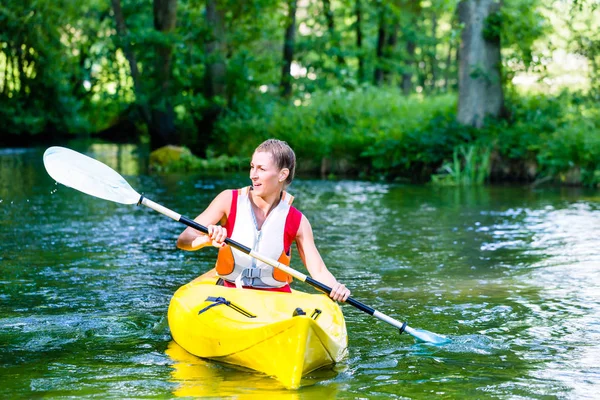
Choosing a Life Jacket for Children
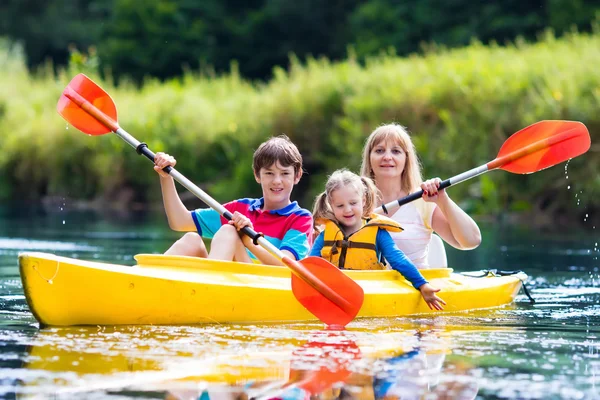
Paddling with kids is awesome, but safety comes first! Here’s the deal with their life jackets:
- No Hand-Me-Downs: Kids’ bodies change fast. Get a life jacket that fits them now, with the right weight rating.
- Snug as a Bug: A loose life jacket is useless… it’ll float right off them! Look for adjustable straps for a perfect fit.
- Extra Security: Crotch straps are a lifesaver (literally!). They keep the life jacket from riding up over their head.
- Kid-Friendly Rescue: Some life jackets have a grab handle on the back – great for pulling a child out of the water quickly.
Life Jackets for Cold Water Kayaking
Kayaking in chilly water is a blast, but it’s a whole different ballgame when it comes to safety. Cold water steals your body heat way faster than you’d think, leading to hypothermia.
That’s where your life jacket comes in:
- Not All Jackets Are Equal: Cold-water kayaking means needing a life jacket designed for those conditions. They’ll have extra insulation and features to keep you safe.
- Think Beyond Flotation: Some styles help you roll back over if you capsize, which is crucial in cold water where time is short.
- Bright is Right: Cold-water life jackets often come in super-visible colors, making you easier to spot by rescuers.
| Feature | Description |
|---|---|
| Buoyancy | A good cold-water life jacket should have at least 15.5 pounds of buoyancy. This will help keep your head above water and prevent hypothermia. |
| Insulation | The insulation properties of your life jacket are crucial in cold water. Look for a jacket with multiple layers of insulation or a neoprene lining. |
| Visibility | Choose a life jacket with bright colors or reflective materials that will make you more visible in low-light conditions. |
| Size | Make sure your life jacket fits snugly. A jacket that is too loose will not provide adequate insulation and buoyancy. |
We get it – cold-water paddling has its own special thrill. But remember, your life jacket can only do so much! Here’s your pre-paddle checklist:
- Suit Up: A wetsuit or drysuit is a must. Think of it like your cold-water armor against hypothermia.
- Buddy System: Cold water means never paddling alone. And always let someone on shore know your plans.
- Upgrade Your Flotation: Aim for a life jacket with at least 15.5 pounds of buoyancy, plus insulation for those chilly swims.
- Be Seen: Bright colors and reflective bits make you way easier to find if something goes wrong.
- Snug Fit = Safer: Check those straps! A loose life jacket won’t help much when you’re in the water.
Cold-water kayaking is amazing, but demands extra respect. Follow these tips, and you’ll come home ready for a hot cocoa!
Life Jacket Maintenance and Inspection
Think of your life jacket like your car: needs regular checkups to work right when you need it most. Here’s the simple routine:
- Rinse & Repeat: Freshwater rinse after every paddle gets rid of gunk that can cause damage. Saltwater is extra bad!
- Hang Dry, No Sun-Fry: Toss it over a chair indoors or in the shade – direct sun fades colors and can damage the material.
- Pre-Paddle Inspection: Quick once-over before you hit the water. Tears, loose straps, busted buckles… anything like that means NO GO.
- Spot the Spots: Are those reflective strips actually visible, or covered in grime? Clean them up for max visibility.
Important Note: Damaged life jacket? Don’t try to DIY fix it. Get a replacement ASAP!
This stuff takes a few minutes, but it could make the difference between a bad swim and a major disaster.
| Issue | Resolution |
|---|---|
| Tears or punctures | Replace the life jacket |
| Broken buckles or closures | Repair or replace the life jacket |
| Fading or peeling reflective tape | Replace the life jacket or add new reflective tape |
Remember, a well-maintained life jacket is an essential safety equipment for kayaking that can save your life in an emergency situation. Make sure to inspect and maintain your PFD regularly to ensure optimal safety on the water.
Choosing the Right Type of Life Jacket for Kayaking
A life jacket isn’t a fashion statement – it’s your lifeline if things go sideways on the water. Keep yours ready to save the day:
- Check It, Don’t Wreck It: Give your life jacket a quick inspection before each trip.
- A Little Care Goes A Long Way: Regular rinsing and proper storage keep it in top shape.
Think of it like this: Would you drive a car with flat tires? Same goes for a neglected life jacket! Stay safe out there.
Types of Life Jackets
Before we dive into all the cool life jacket styles, here’s the non-negotiable: For kayaking, always look for a USCG Type III life jacket with at least 15.5 pounds of buoyancy.
This means it’s been tested and meets safety standards.
| Type | Description |
|---|---|
| Standard | These are the traditional life jackets, commonly used for kayaking. They are versatile, reasonably priced, and come in various sizes and styles. |
| Inflatable | Inflatable life jackets provide excellent buoyancy while remaining compact and lightweight. They are ideal for kayakers seeking minimal interference and maximum mobility. |
| Hybrid | Hybrid life jackets combine the features of both inflatable and standard life jackets. They offer excellent buoyancy and unobtrusiveness, making them ideal for experienced kayakers. |
| Sit-On-Top | Sit-On-Top life jackets are designed for use with sit-on-top kayaks. They are comfortable, provide excellent support, and allow easy movement while kayaking. |
The cool thing about life jackets is that there’s a perfect one for every kayaker! It’s all about finding the balance between comfort, safety, and features that fit how you like to paddle.
Here’s the key: It’s gotta fit well and be designed to keep you afloat in the kind of water you’re in.
Ready to find your life jacket soulmate? Let’s talk about what to consider when choosing!
Features to Look Out For When Selecting a Life Jacket
We know life jackets are about safety, but they can also make your kayaking way more awesome!
Look for these features:
- The Perfect Fit: Adjustable straps mean no slipping, no chafing, and better comfort when you’re out all day.
- Be Seen: Reflective bits are a HUGE plus, especially if you paddle at dawn, dusk, or in busy areas.
- Pocket Power: A few well-placed pockets keep essentials handy – think sunscreen, snacks, maybe a waterproof phone case…
- Emergency Extras: Some life jackets have a built-in whistle or attachment points for a signal light.
- Cold-Water Comfy: If you kayak in chilly weather, look for life jackets with a bit of insulation.
Think of it like this: The right life jacket is the one you actually want to wear. So choose wisely, and get ready for even better days on the water!
Life Jacket Fit and Comfort
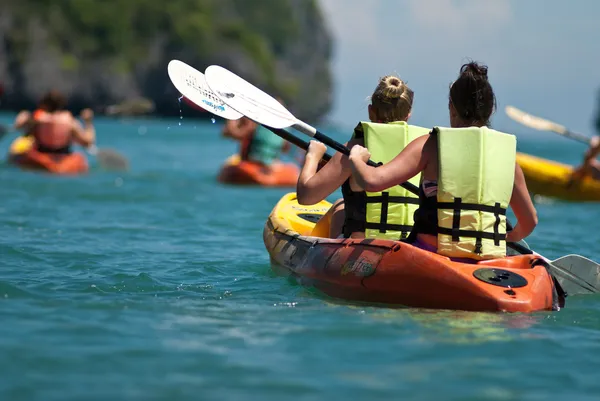
Finding a life jacket that fits well is key! Here’s why it’s worth taking the time to get it right:
- Safety First: A loose life jacket can slip off in the water, or worse, ride up over your head. A snug fit keeps you where you need to be.
- Paddle Power: If your life jacket is too tight or bulky, it’ll be hard to paddle properly. That’s no fun!
- Breathe Easy: No one wants to feel constricted while they’re out enjoying the water. A good fit means you can breathe comfortably.
Try It On, Test It Out:
- Snug, Not Choking: Buckle it up and try to pull it over your head. If it moves a lot, it’s too loose!
- Raise Those Arms: Can you lift your arms over your head? Good! Now give a few pretend paddle strokes – does it pinch or get in the way?
Finding the right life jacket takes a bit of trying on. But trust us, it’s worth it for safe and comfortable paddling!
Adjusting the Straps
Getting the perfect life jacket fit is about safety and having a good time on the water. Here’s the deal:
- Stay Afloat, No Slip-Ups: A loose life jacket is basically useless if it floats right off you in an emergency. Snug = safe.
- Paddle Like a Pro: A bulky, tight life jacket kills your paddling vibe. Find one that lets you move!
- Breathe Deep, Paddle Happy: Feeling like you can’t breathe kinda ruins the whole kayaking thing. Comfort is key.
Additional Features
Life jackets with pockets, whistles, and reflective bits can be awesome… but they’re pointless if they mess with the fit!
Here’s what to watch out for:
- Pocket Check: Can you still move your arms easily, or do those pockets feel bulky? Storage is great, but not if it gets in your way.
- Easy-Access Whistle: That whistle is your emergency signal. Make sure you can actually reach it while wearing your life jacket.
- Be Seen: Is that reflective tape hidden by a strap or bunching up? Adjust things so you’ve got maximum visibility.
Bottom Line: A good life jacket fits comfortably and lets you use all its features. Don’t settle for less!
Life Jacket as a Last Line of Defense
Picture this: You’re an experienced kayaker, loving that big water energy… when suddenly, a rogue wave flips you. You’re underwater, disoriented, and the current is RIPPING.
Without a life jacket, that’s where things get terrifying. Fighting to stay afloat, even the best swimmers get exhausted fast. Panic sets in.
Now, imagine that same scenario with a life jacket. It keeps you at the surface, so you can focus on breathing, getting your bearings, and signaling for help.
The ugly truth: Open water is unpredictable. Things can go south even for the strongest paddlers. Your life jacket isn’t a skill replacement, it’s your backup plan when the worst happens.
Wear. The. Life Jacket. Every single time. So that if the nightmare happens… you have a fighting chance.
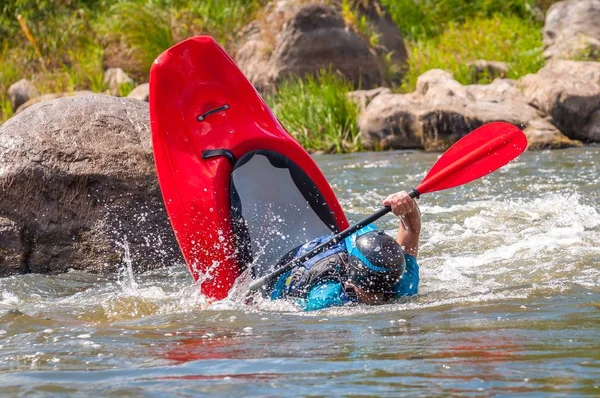
Your life jacket is your kayaking MVP, but let’s talk about building a whole safety squad! Consider adding these to your kit:
- Brain Bucket: A helmet seems overkill until you hit your head on a rock. Protects you in shallow water or if you get flipped upside-down.
- Tiny But Mighty: A whistle blasts louder and longer than your voice. Perfect for signaling for help if you’re hurt or separated from your kayak.
- Throwback to the Rescue: A throw bag gives you a lifeline to toss to someone struggling, or even to snag your kayak if it gets away from you.
Think of it like this: This gear turns you from a potential victim into someone who can help themselves and others. That’s a good feeling out on the water!
Conclusion
We’ve covered a lot about life jackets – the good fit, the cold-water upgrades, even the rules about wearing them. Why all the fuss?
Because when things go wrong on the water, your life jacket is what keeps you afloat. It gives you time to catch your breath, signal for help, and hopefully, even rescue yourself.
Here’s the takeaway:
- Know the Laws, Be Smart: Wear a Coast Guard-approved life jacket every time you paddle.
- Find Your Fit: Comfort means you’ll actually wear it, which is the whole point!
- Cold Water Needs Extras: If the water’s chilly, look for a life jacket designed for those conditions.
- Gear Up: Helmets, whistles… these little things can make a big difference in an emergency.
We want you to love kayaking for years to come. Choosing a great life jacket and taking safety seriously is how you make that happen. Now get out there and have some fun!

